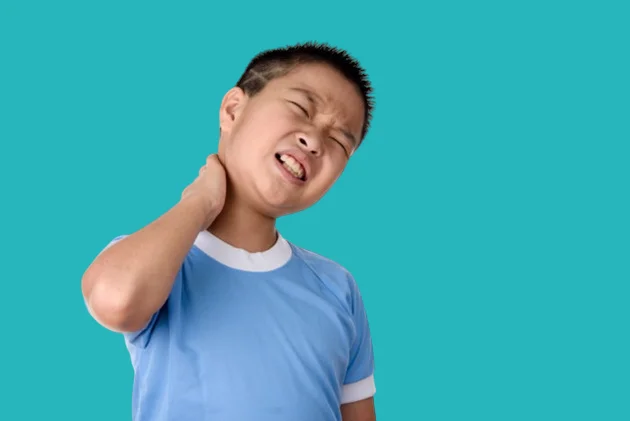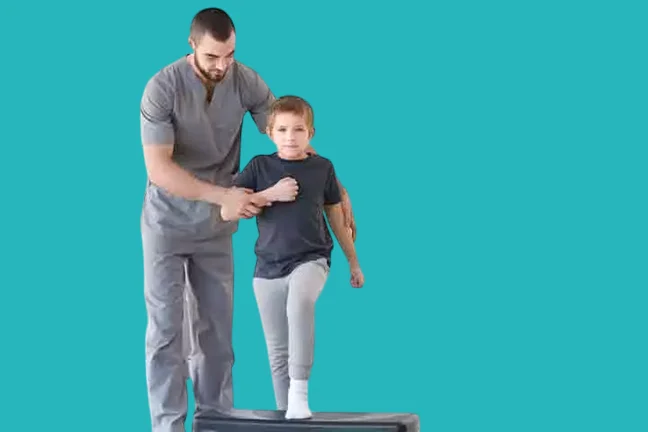Polio is a viral disease that affects a child's nervous system and leads to permanent paralysis or weakness in the muscles, especially the leg muscles.
This infection is transmitted among children aged one day to 5 years through contaminated food and drink and poor personal hygiene, especially if the child has not been vaccinated against the polio virus.
What is polio
Polio is a disease caused by the poliovirus, which attacks the spinal cord cells in the child's nervous system responsible for muscle movement, causing temporary or permanent muscle weakness.
Causes of polio infection in children
The main cause of polio is infection with the poliovirus, which is easily transmitted from one child to another through the following factors:
- Weak immune system in the child.
- Poor personal hygiene.
- Consuming contaminated food and drink.
- Touching contaminated objects or surfaces.
- Failure to vaccinate the child against polio.
Symptoms of polio

The symptoms of polio vary depending on the severity of the infection, and include:
- Headache.
- Vomiting and nausea.
- Fatigue and tiredness.
- Sore throat.
- High fever.
- Stiffness in the neck or back.
- Severe muscle pain and difficulty moving.
Types of polio
There are several types of polio, which are as follows:
- Non-paralytic polio.
- Paralytic polio.
- Abortive polio.
- Spinal polio.
- Bulbar polio.
How is polio diagnosed in children
Polio is diagnosed by taking a medical history and examining the child for symptoms of the disease. A stool sample is then requested to detect the presence of the virus causing the disease, and a sample is also taken from the throat and cerebrospinal fluid. Neurological examinations are also performed to determine the extent to which the nerves and muscles are affected.
Is there a cure for polio

There is no cure that completely eliminates polio, but the symptoms can be alleviated by:
- Taking pain relievers.
- Focusing on rehabilitation therapy.
- Taking anti-spasmodic medications.
- Continuing with physical therapy.
- Respiratory support in cases where breathing is affected.
Complications of Polio
Polio can lead to serious complications such as:
- Myocarditis (inflammation of the heart muscle).
- Developmental disorders in the child.
- Difficulty breathing or swallowing.
- Respiratory infections.
- Bone and joint deformities.
- Post-polio syndrome.
- Permanent muscle paralysis in the leg.
Ways to prevent polio
The best way to prevent polio is to vaccinate the child against the virus that causes the disease, in addition to maintaining personal hygiene and washing hands frequently.
Avoiding contaminated food and drinks or those from unknown sources is also one of the most important preventive measures, as well as not neglecting early detection when symptoms of the disease appear.
Frequently Asked Questions about Polio
When do the signs of polio appear
Symptoms of polio appear 7 to 14 days after infection with the virus.
When is the polio vaccine given
The vaccine is given in several doses, starting from two months of age until six months of age.
How does physical therapy help in treating polio
Physical therapy helps strengthen weak muscles and improve movement.
Can polio be cured
Polio cannot be completely cured, but a child's mobility can be improved with physical therapy and rehabilitation.
Article Summary
Polio is a viral disease that affects the nervous system of children, leading to muscle paralysis, especially in the legs. Complications such as difficulty breathing and swallowing may also occur.
Although there is no complete cure for this disease, adhering to physical therapy and rehabilitation treatment can alleviate symptoms and help improve the child's mobility.